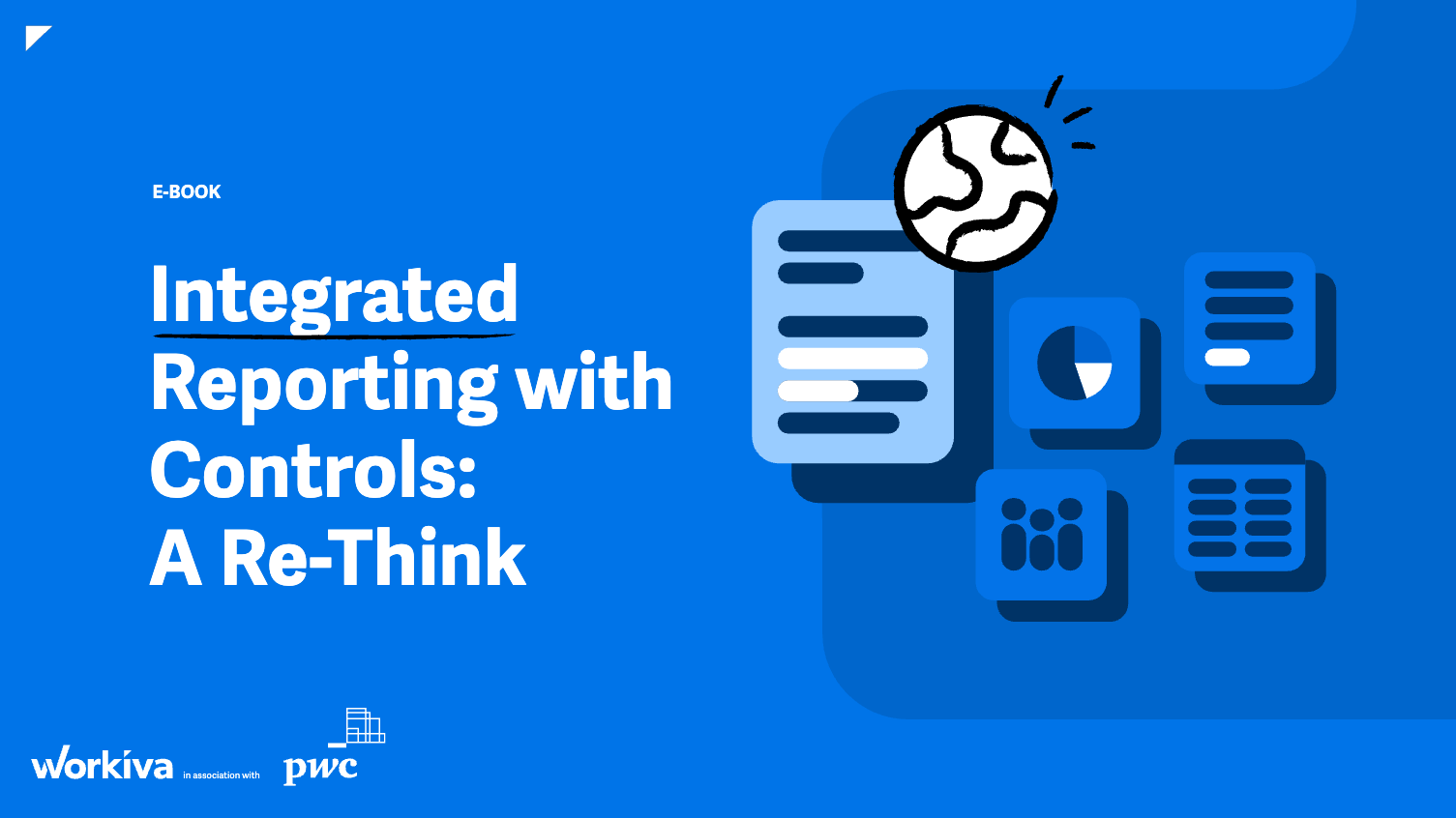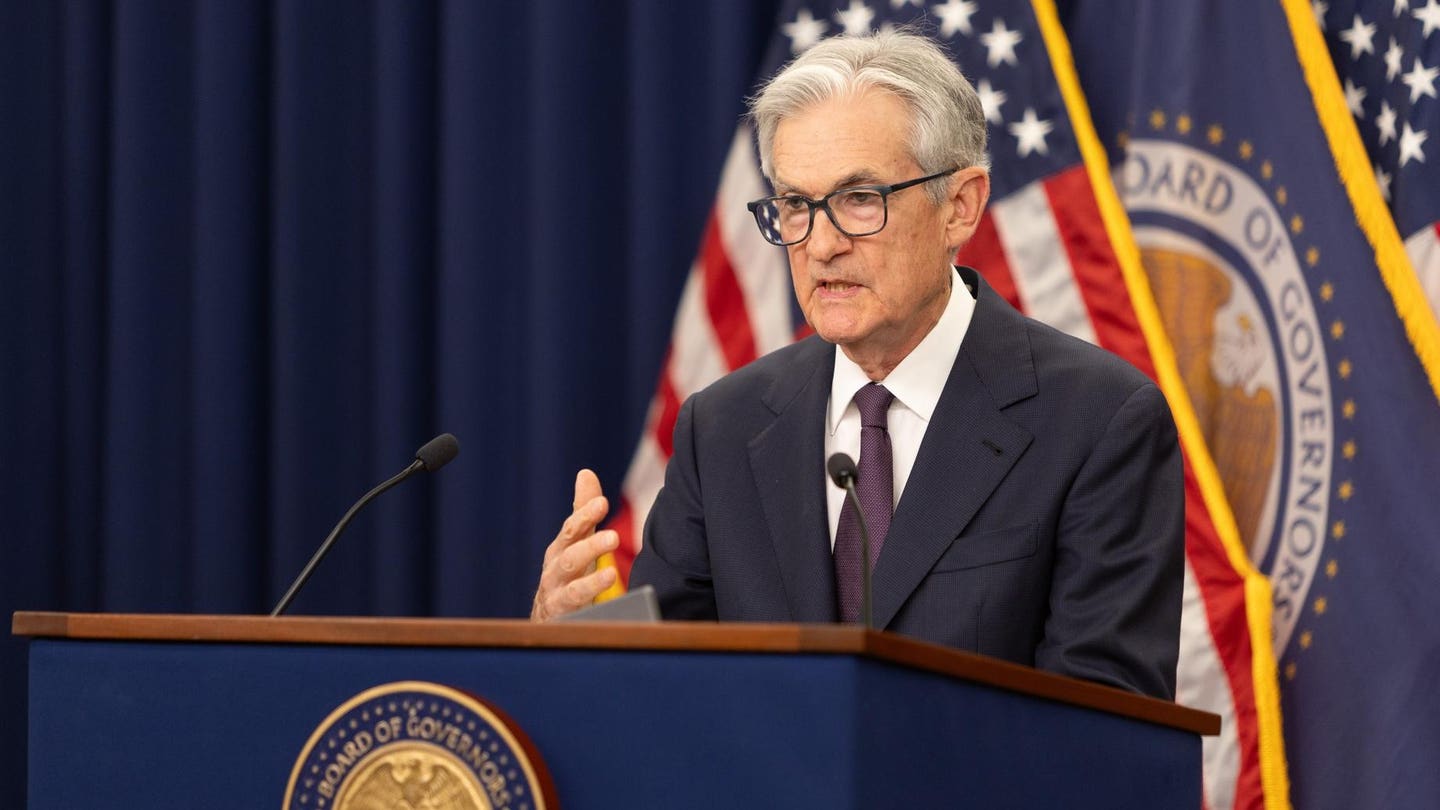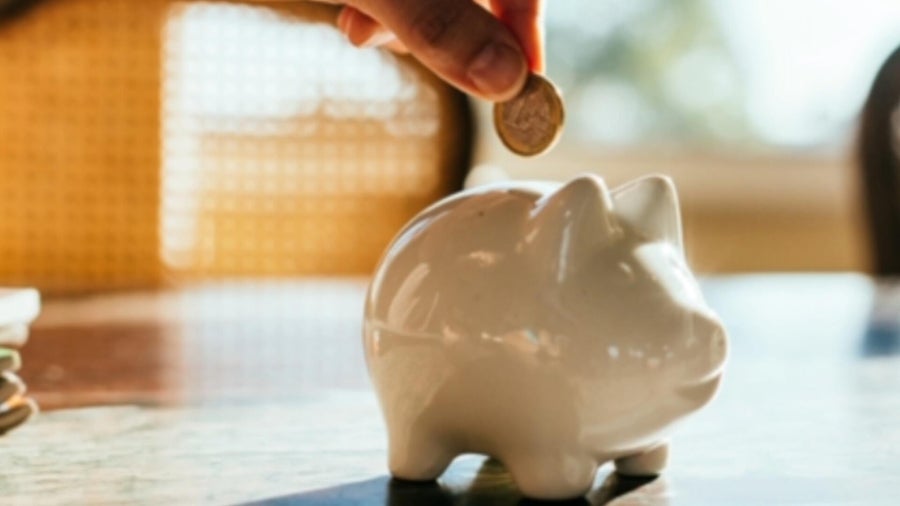Buy Now, Pay Later (BNPL) services have gained significant traction over the past few years as an appealing alternative to traditional credit cards, offering predictable payments and zero interest for consumers. However, recent data reveals a troubling trend both for the companies providing these services and the consumers using them. Klarna, a leading BNPL provider, reported a net loss of $99 million for the first quarter of 2025, almost doubling its loss from the same period last year. Consumer credit losses accounted for $136 million, indicating a significant challenge with loan repayments. Surveys highlight similar issues, with 41% of BNPL users reporting late payments in the past year, up from 34% in 2024. Matt Schulz, chief consumer finance analyst at LendingTree, noted that the high rate of late payments among BNPL users is concerning. He conducted an experiment in April, obtaining five short-term loans from various BNPL apps in just an hour, using them for minor purchases like groceries and personal items. Originally marketed as an alternative for big-ticket items, BNPL loans have exploded in popularity, now being used for everyday expenses. According to a LendingTree survey, 49% of respondents have used BNPL services, with 25% using them for groceries and 16% for takeout or delivery. At events like Coachella, 60% of attendees reported using BNPL to purchase tickets. Klarna’s delinquency rate stands at 0.54%, slightly up from 0.51% last year but still below the national average of 2.77% for consumer loans. The Consumer Finance Protection Bureau attributes this lower rate to the automatic repayment setup that BNPL services require. Despite these issues, BNPL services are expanding into longer-term financing options with interest rates, such as Klarna’s 6- and 12-month loans with a 19.99% APR. While this is lower than the average credit card APR of 24.28%, it indicates a shift towards a more credit card-like model. Ted Rossman from Bankrate notes that BNPL lenders are increasingly resembling credit card companies. Bankrate’s survey found that 30% of Americans have used BNPL loans, with 16% missing at least one payment. The discrepancy between reported late payments and actual delinquency rates is due to differing definitions and timeframes used by lenders and surveyors. Many BNPL users avoid significant delinquency to maintain access to these loans, as delinquent accounts are often paused by providers like Klarna. In certain situations, a short-term, zero-interest BNPL loan can be beneficial, such as for unexpected car repairs or necessary household expenses. However, 23% of borrowers have three or more BNPL loans simultaneously, a strategy financial experts warn against. Using BNPL for nonessential purchases can lead to a cycle of dependence, as future paychecks are already allocated to past expenses. Amanda Henry, a financial educator, advises consumers to assess whether a BNPL loan is a need or a want and consider alternatives like borrowing from friends or family. Credit cards may offer better benefits, such as rewards, purchase protection, and credit score improvements, despite potential interest costs. They remain a recommended option over BNPL for those who qualify. For more insights on financial trends, visit fintechfilter.com. Note: This article is inspired by content from https://www.sfchronicle.com/personal-finance/article/klarna-losses-buy-now-pay-later-20335822.php. It has been rephrased for originality. Images are credited to the original source.
Buy Now, Pay Later: A Growing Financial Trend Facing Challenges







